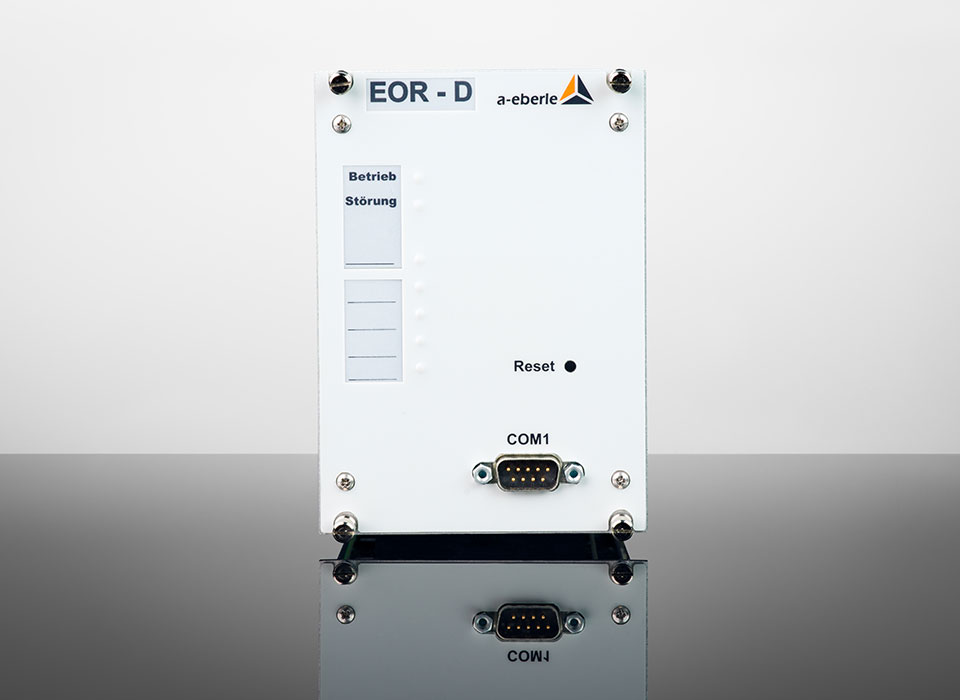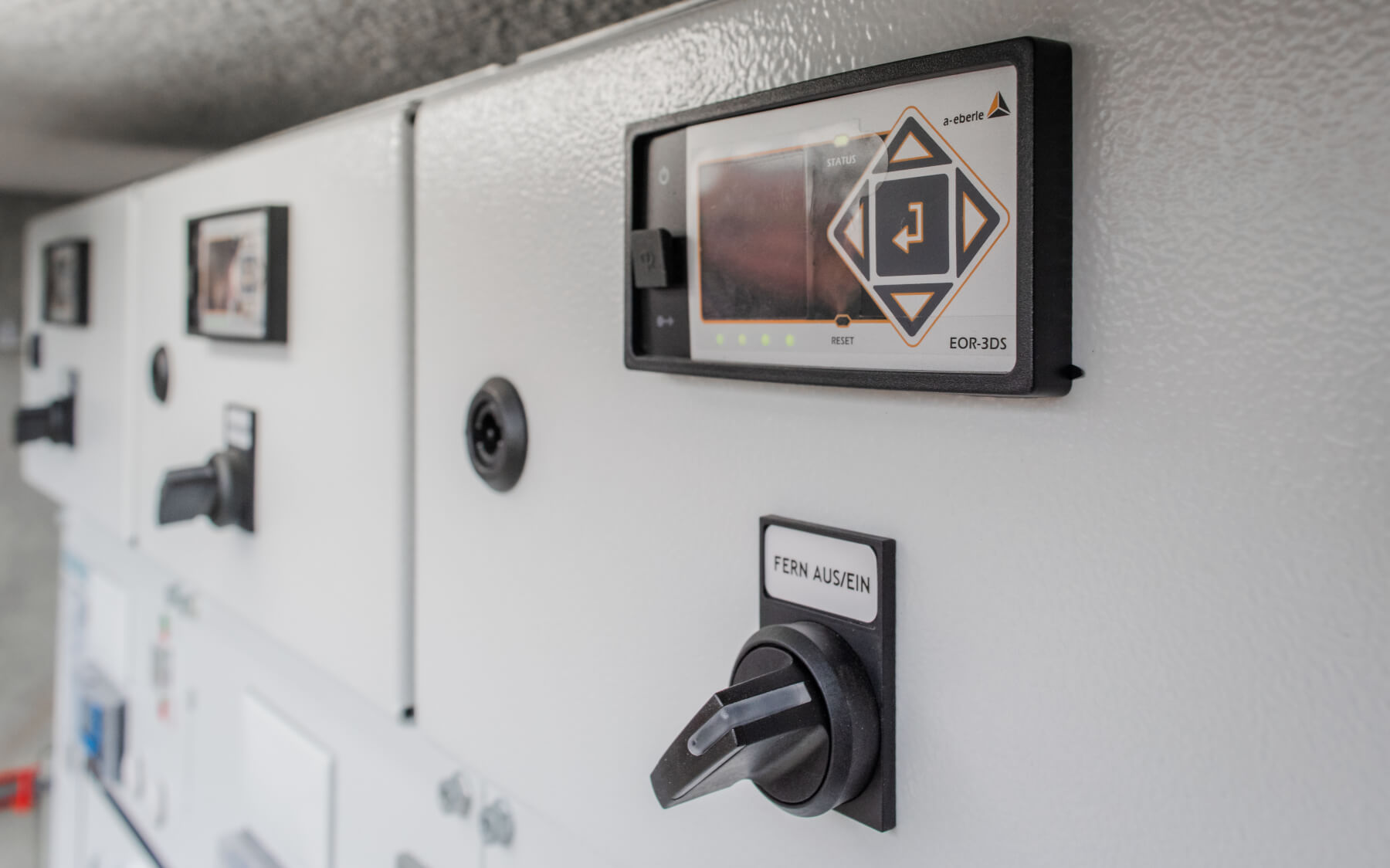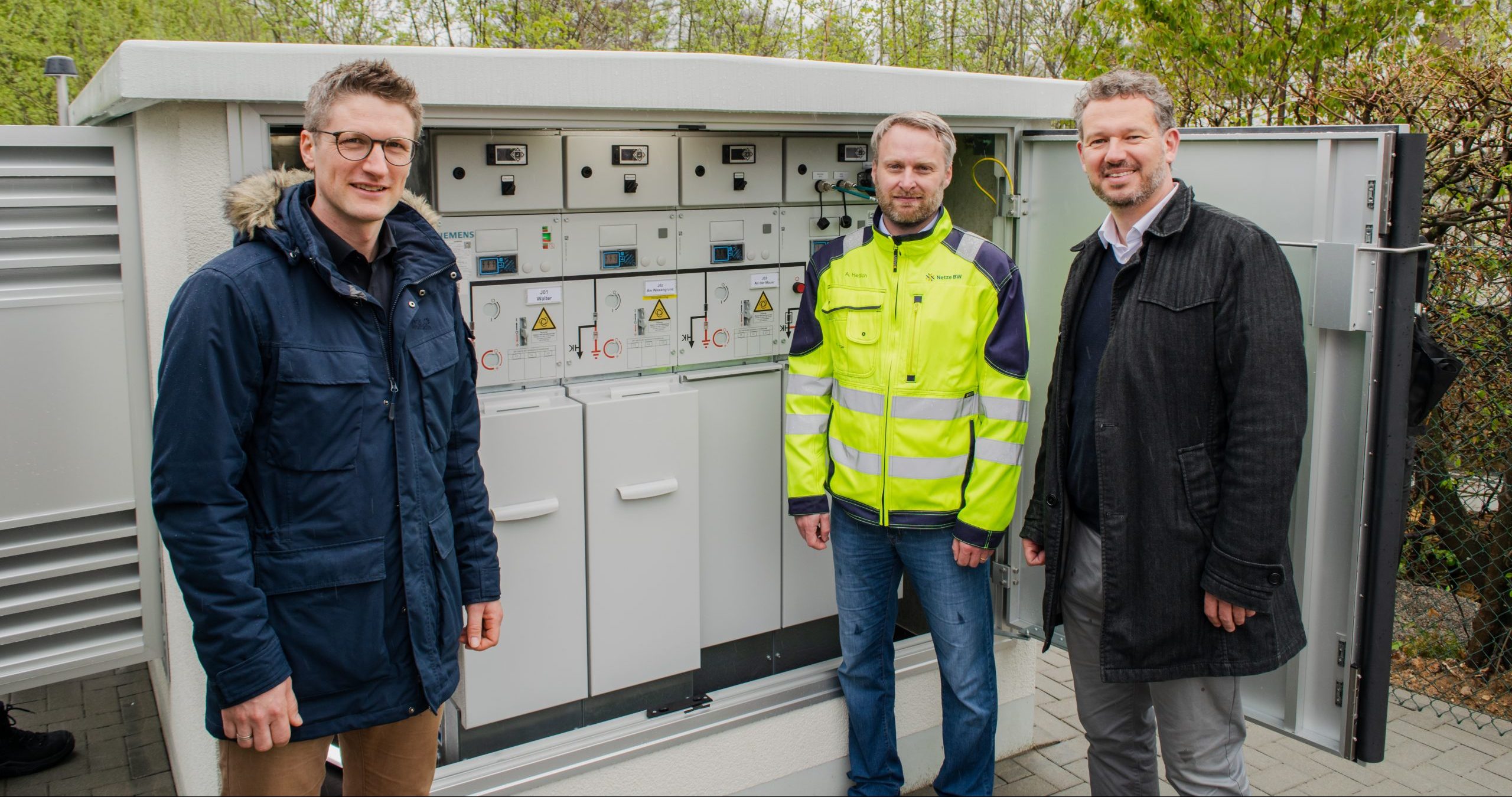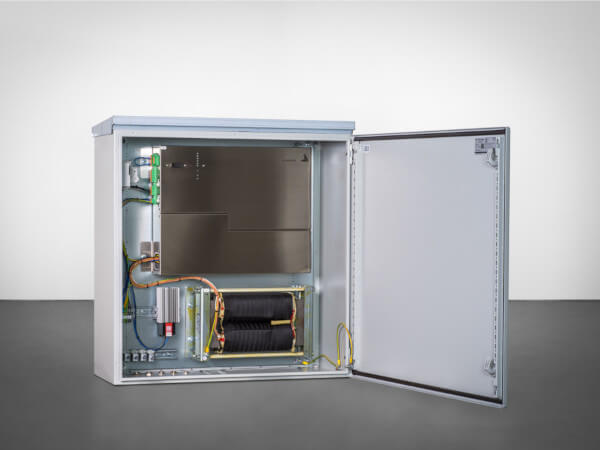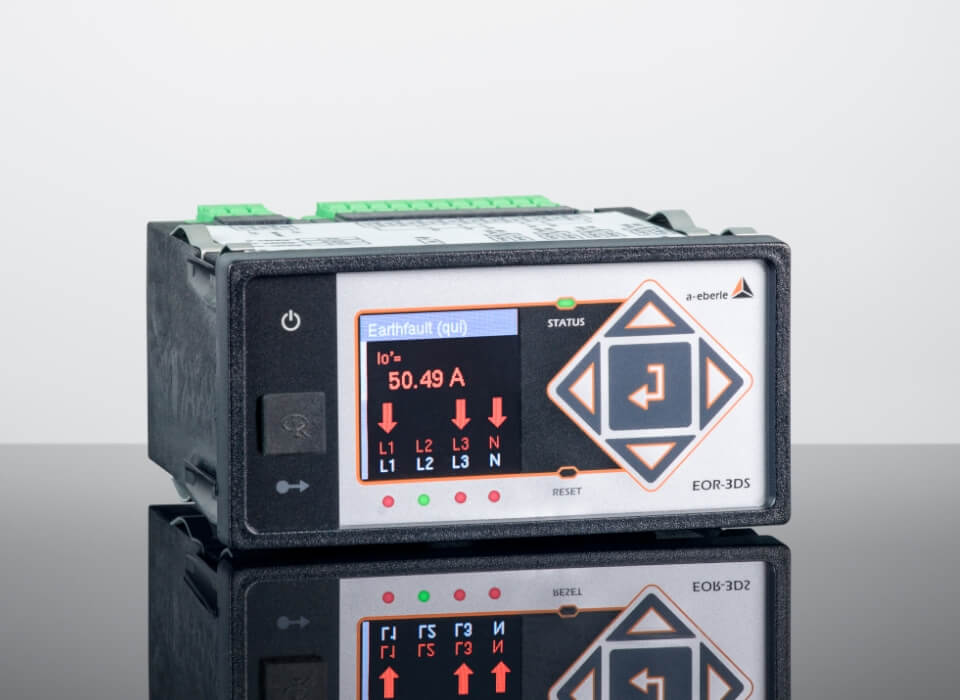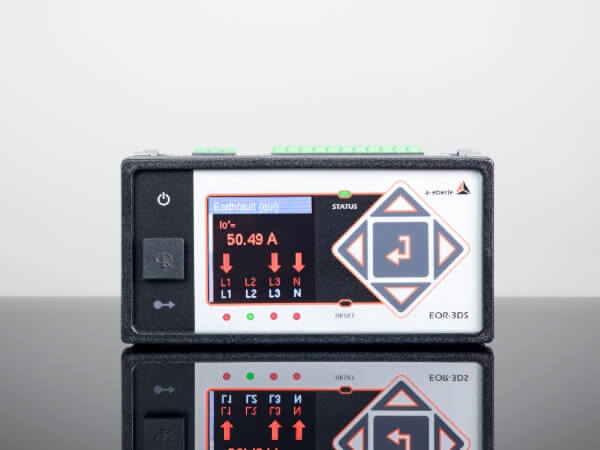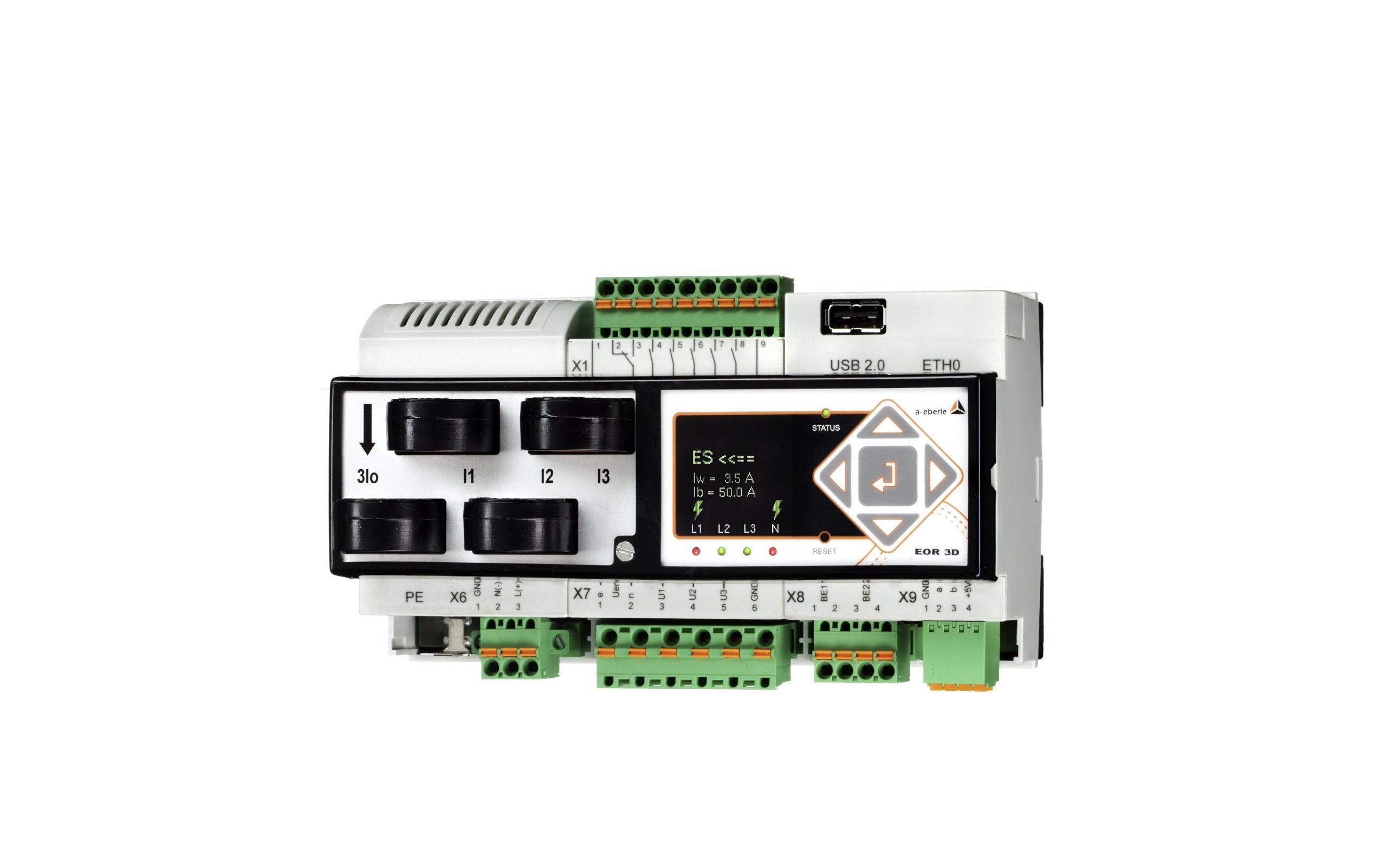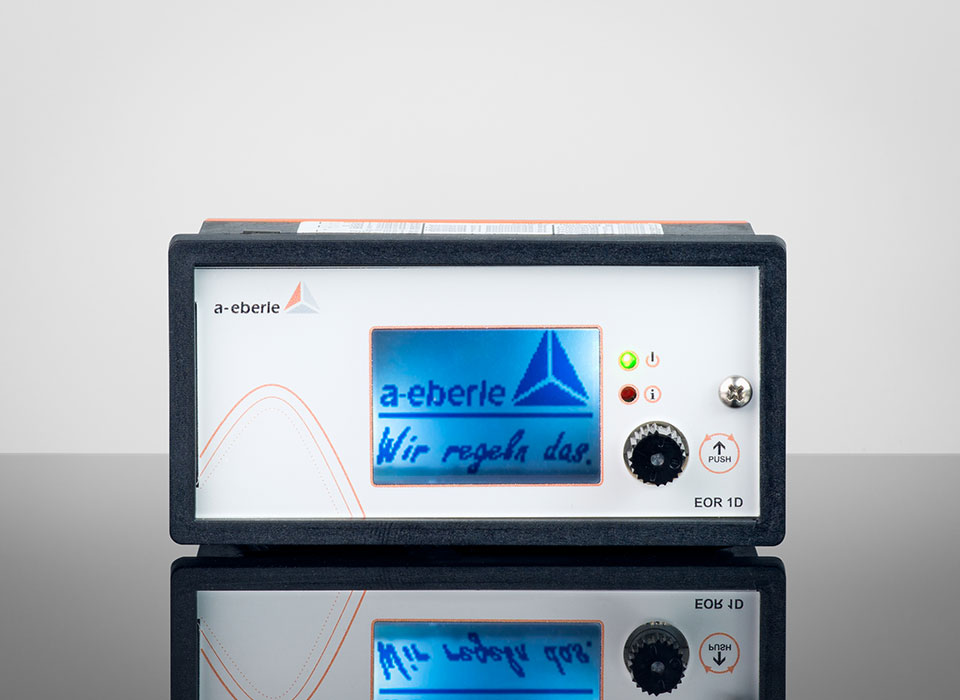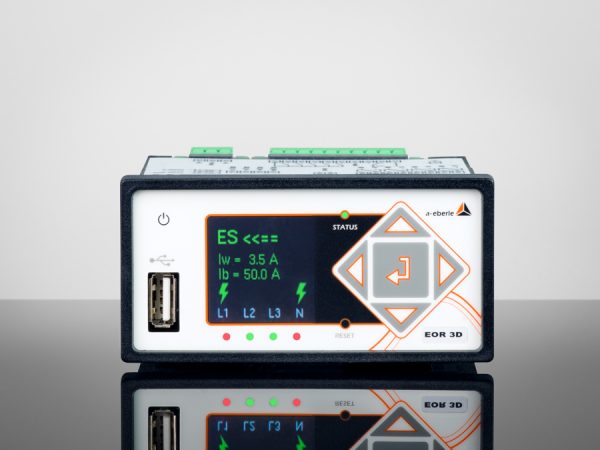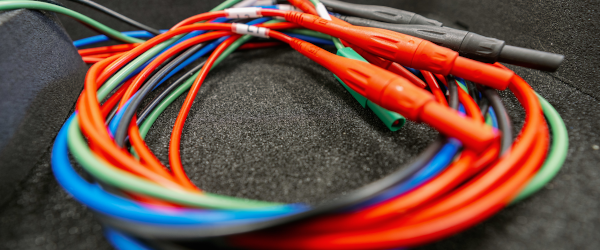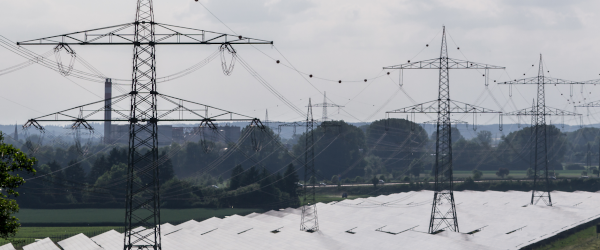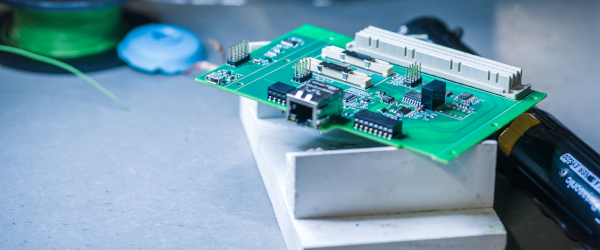The economical earth fault & short-circuit indicator for analog secondary substations
EOR-1DS
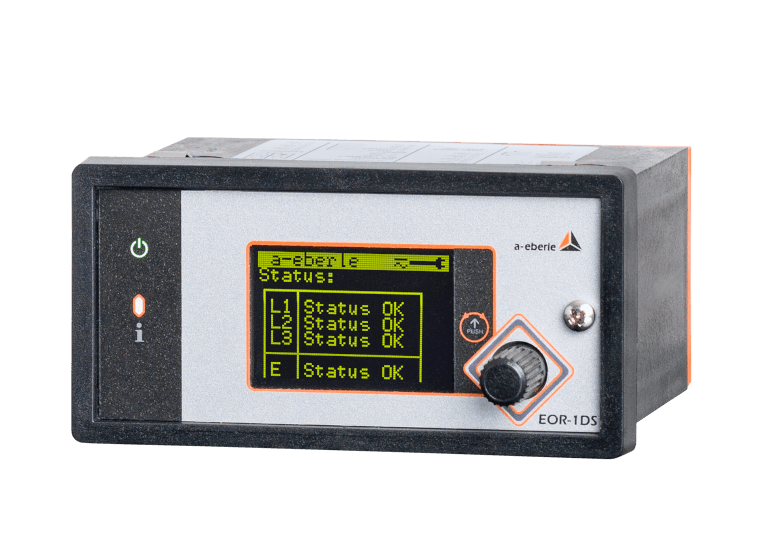








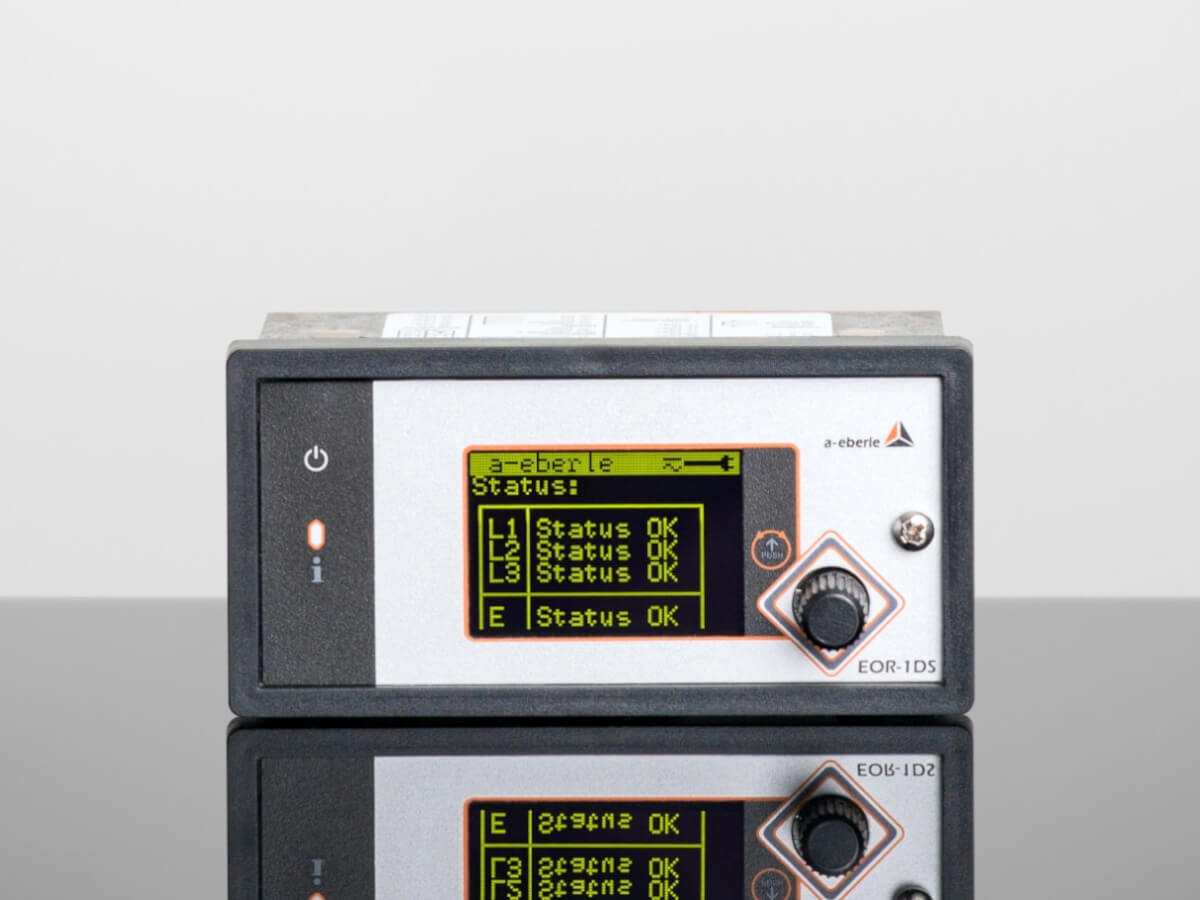
Earth fault and short-circuit indication in a single device
EOR-1DS
The EOR-1DS is a compact device at an economical price that combines earth fault and short-circuit indication. It can be used as non-directionals earth fault and short-circuit indicator (pulse locating) with the supplied Rogowski SR55 phase current sensors or as a directional earth fault and short-circuit indicator (pulse locating + qu2 transient algorithm) with current and voltage measurement. With modern low power sensors, highly accurate measurements can be carried out and transmitted via Modbus RTU. The device is particularly important in times of energy transition to create grid transparency and to cope with changing conditions in power grids.
Further questions or want to start an enquiry? Please click “Product Enquiry”.

Cross-product downloads
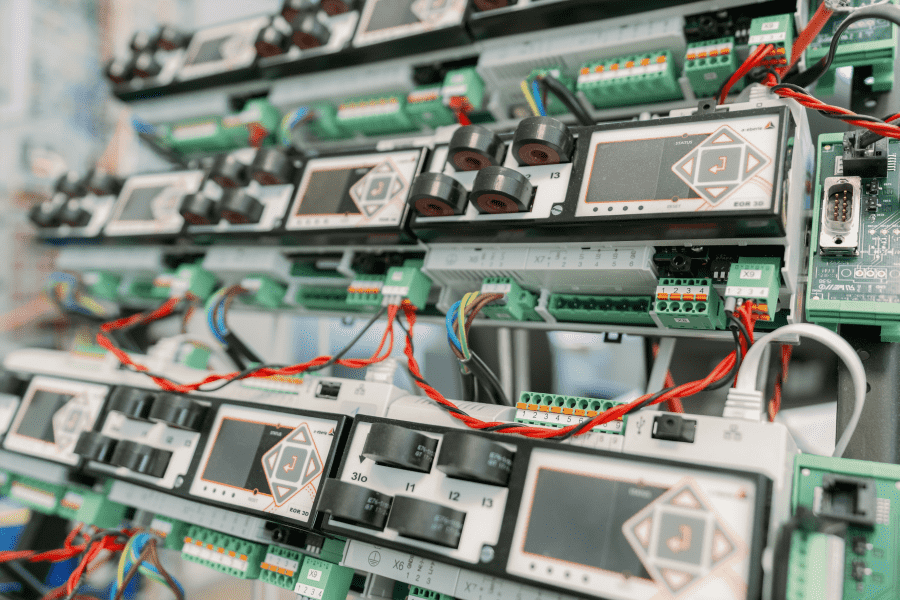
Cross-product downloads
Special Publications
Product overview A. Eberle
Quick Comparison: EOR-1DS vs. EOR-3DS

EOR-1DS
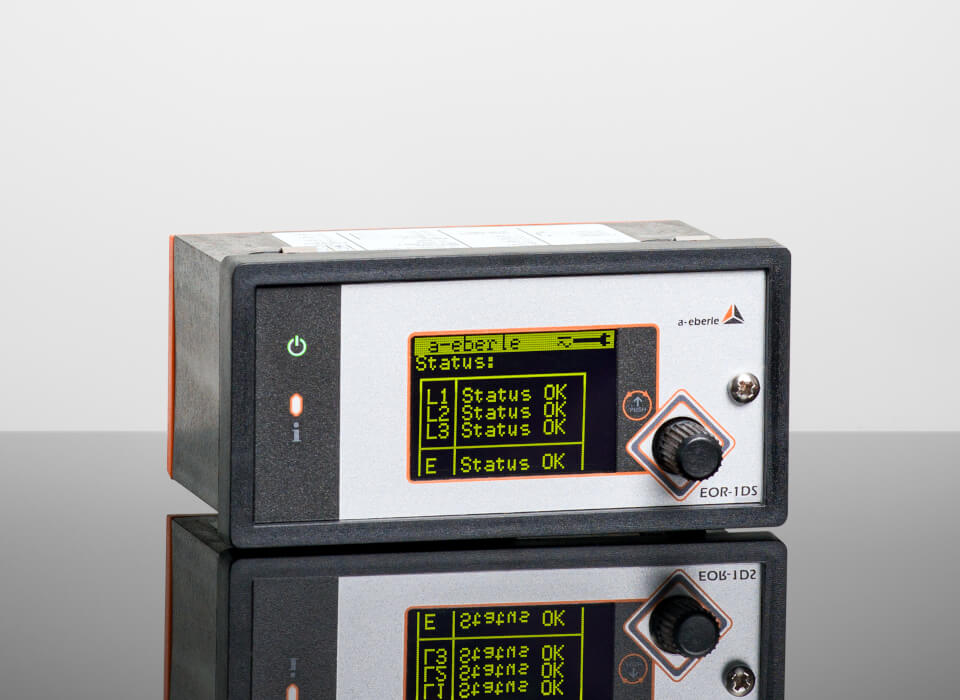
EOR-1DS
Instruction Manual
Installation manual
Technical Data Sheets
Firmware
Interface Lists
Quick Comparison: EOR-1DS vs. EOR-3DS
Reliable and sensitive earth fault direction indication immediately after earth fault occurrence in all network forms
The qu2 transient algorithm as the heart of the short-circuit indicator. Known from its big brother EOR-3DS, it can be used in both compensated and isolated networks for:
- One-Time evaluation of the transient process at earth fault occurrence
- Identification of low and high impedance faults
- Elimination of circulating currents in loop operation mode
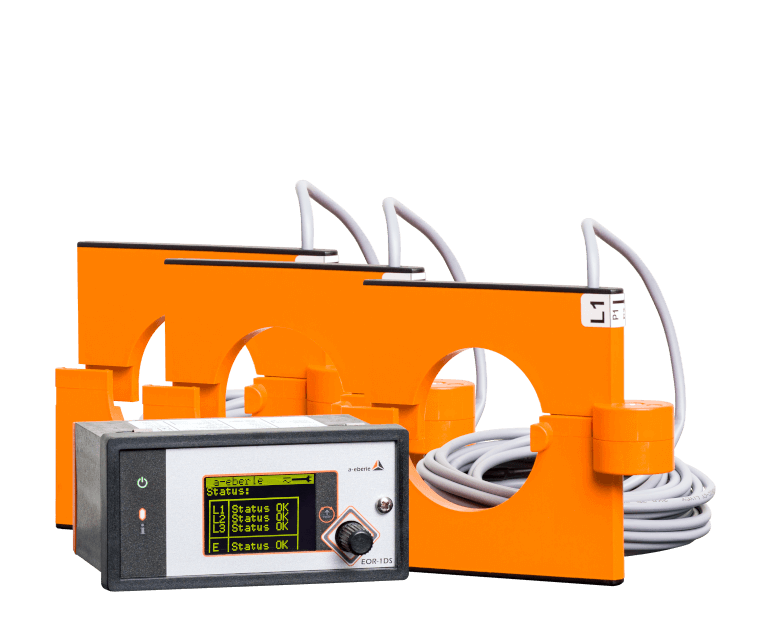
Better fault localization using the pulse localization method
For compensated networks with a pulsing facility, the pulse based fault locating algorithm with angle evaluation can be used. By considering the phase angle, it is no longer necessary to operate the network in an overcompensated manner, something that above all reduces the burden on decentralised coils.

The grid status always in view – flexible in the choice of your sensors
Do you see the risk of grid bottlenecks due to the strong expansion of decentralized generators or loads such as electromobility? Then monitor your medium-voltage level closely to keep an eye on trends.
The “S” in the name stands for “Sensors”: Our EOR-1DS is optimized for the modern and highly accurate low power sensors of all major manufacturers on the market (ABB, Zelisko, and many more). Of course there is also the possibility of current measurement via Rogowski sensors (SR55) and voltage measurement parallel to a capacitive voltage tester (e.g. Capdis / WEGA). This provides the possibility to determine precise current, voltage and power measurement values evn at the edge of the network.
Also at home in the world of classic voltage converters
EOR-1DS can not only measure the voltage in parallel to a capacitive voltage tester (e.g. Capdis or WEGA) or via low power sensors. The connection of a classic voltage transformer with 100 VAC / 110 VAC secondary voltage is also possible via the U10 adapter.
The same applies to current detection. Besides the possibilities of using the Rogowoski sensors (SR55) or the low power inputs, classic current transformers with 1 A / 5 A secondary current can be connected to EOR-1DS when using the C21/C25 adapters.
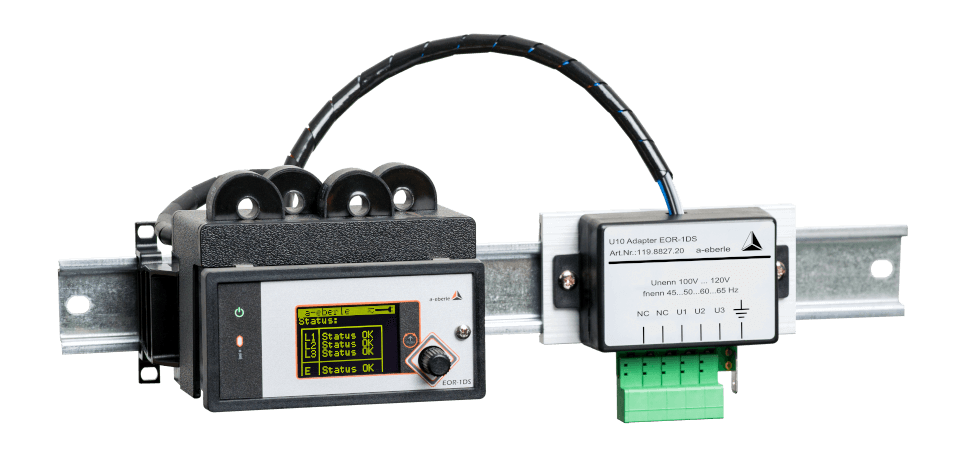
Ready for communication and networking
In addition to the connection of the indicator via four freely parameterizable relay contacts and two fixed binary inputs, the earth fault and short-circuit indicator EOR-1DS can also be read out via a Modbus RTU connection via RS485. Here, all information and messages can be queried in the standard register assignment, as well as a large part of the available parameters can be changed.
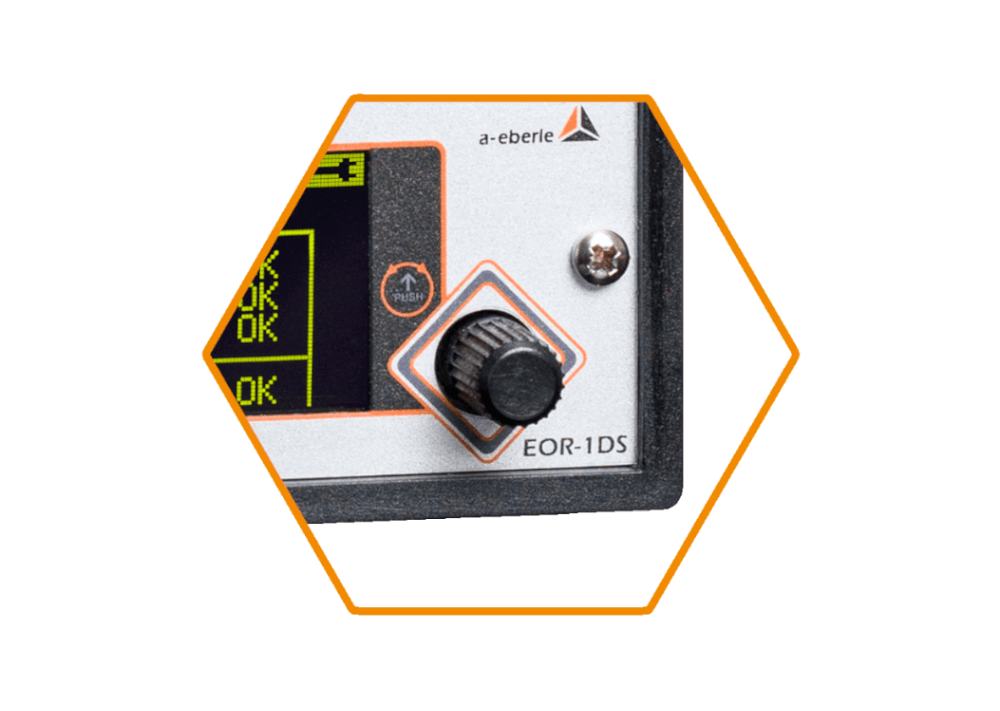
Intuitive operation via built-in turn-push button
The EOR-1DS can be operated and parameterized completely via the turn-push button. The display is normally in standby mode, i.e. in the switched-off state. It can be activated by pressing the turn-push button on the front of the device. After any pending messages, the statuses and measured values of the phase conductors, the neutral system and the power measured values are displayed on the overview pages. Subsequently, the main menu is accessed and the earth fault and short-circuit indicator can be fully parameterized. Parameterization is also possible via a preconfigured file on the SD card.
Ready to commuicate – even during power cuts
If the supply voltage fails, the display of EOR-1DS remains active. In addition, the built-in long-life capacitor (Super-Cap) guarantees that even message operation can be maintained for at least 4 h (without Modbus communication). If messages are also disposed of via Modbus RTU, communication can be maintained for up to 10 minutes by means of a parameterizable follow-up time.
Short-circuit and earth fault indicators from A. Eberle
EOR-1DS and EOR-3DS for future-proof local network stations
Quick Comparison: EOR-1DS vs. EOR-3DS
Find the right short-circuit and earth fault indicator for your application.

EOR-1DS
The fault indicator for
analog secondary substations
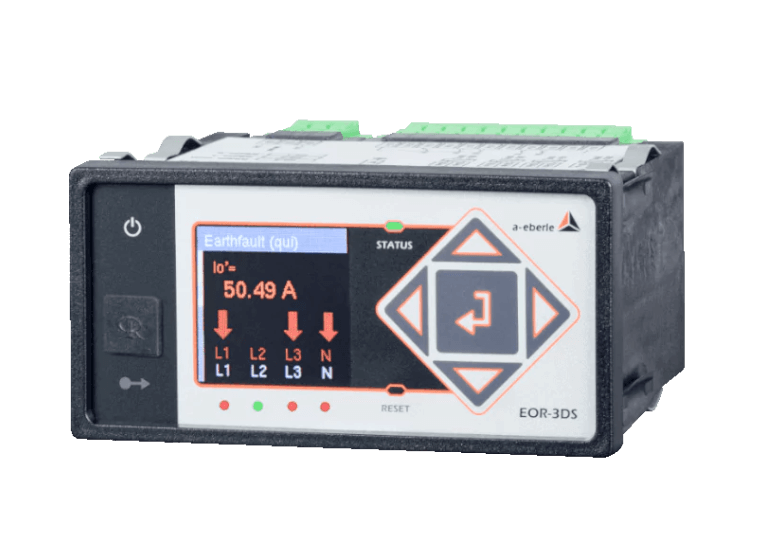
EOR-3DS
The fault indicator for
digital secondary substations

qu2 transient algorithm
Transient earth fault methodDirectional short-circuit and earth fault detection
Pulse location
❌
In preparation for EOR-1DS❌
In preparation for EOR-1DS❌
❌
Simple operation and parameterisation without software
❌
Extensive cyber security features✔️
Flash memory up to 32 GBCapacitive in parallel with VDS systems, low power sensors (two-wire technology) and classic transducers
Rogowski folding transducers, low power sensors (two-wire technology) and classic transducers
Modbus RTU
❌
❌
❌
❌

qu2 transient algorithm
Transient earth fault methodDirectional short-circuit and earth fault detection
Pulse location
Wattmetric method cos(φ)
Reactive power direction sin(φ)
qui-Method
Restriking faultsHarmonics method
Open setup as required with »AEToolbox« software
Certificate handling, user/role concept and encrypted connections
Extensive cyber security features✔️
Flash memory up to 32 GBCapacitive in parallel with VDS systems, Low power sensors (two-wire technology or RJ45) and classic transducers
Low power sensors (two-wire technology or RJ45) and classic transducers
Modbus RTU/TCP (Incl. “Modbus Master”)
IEC 60870-5-101 / 104, IEC 60870-5-103 Including Fault Records, IEC 61850 GOOSE, DNP 3.0
MQTT Management&Operations
MQTT IoT
Patch- and Devicemanagement via MQTT
Mass remote parameterisation and firmware updatesvia MQTT Management&Operations-function



